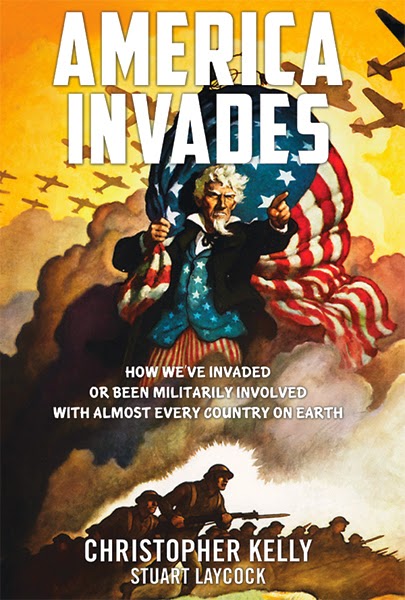 |
| Benvenuto Cellini, Ponte Vecchio, Florence |
The Ponte Vecchio is a landmark for tourists visiting Florence. "Ponte Vecchio" means simply "Old Bridge" and there was, in fact, a bridge on this location dating back to Roman times. This ancient bridge was completed in 1345 and has had small family-run jewelry shops since the 16th century. Here the tourist can find a golden souvenir of their sojourn in Italy -- perhaps some gold cuff links with the Florentine Fleur de lis?
The term "bankrupt" is said to derive from the Italian words "banca" -- bench and "rotta" -- broken. If a merchant fell on hard times his table on the Ponte Vecchio was broken.
There is a bust of Renaissance artist Benvenuto Cellini (1500 1571). Cellini was a Florentine painter, sculptor, author and goldsmith.
 |
| Ponte Vecchio, Florence |
The key to a rapid advance lay in the use of the bridges across the Arno by mobile columns of tanks and armored vehicles. Almost all the bridges over the Arno had been destroyed by the Germans to slow the Allied advance. There was one, however, that remained -- the Ponte Vecchio.
Some rumors suggest that Adolph Hitler, the frustrated artist, ordered the bridge to be saved (e.g. http://www.timetravelturtle.com/2012/04/ponte-vecchio-florence-hitler/). This seems highly unlikely. It is far more probable that Adolf Hitler ordered the destruction of ALL bridges across the Arno including the Ponte Vecchio.
 |
| Gerhard Wolf Plaque, Ponte Vecchio |
What is absolutely certain is that Wolf, a Nazi party member and servant of the Third Reich, saved Jews and partisans in Florence. The distinguished Jewish-American art historian Bernard Berenson (1865 -1959) was captured by the Germans but was hidden by Consul Wolf during the war. In the midst of war's chaos, Gerhard Wolf helped build a bridge to a better world free of war and tyranny.
 |
| Ponte Vecchio, 1944 |
Gerhard Wolf was affiliated with the most corrupted political party of all time, yet he showed moral courage of the highest order. Let us not forget that some of there greatest heroes of the Second World War were German and Nazi party members -- Johnny Jepson (see earlier post Double Cross: The D-Day Spies, 7/1/12), Oskar Schindler and Claus Von Stauffenberg of Operation Valkyrie.
Commander Kelly says, "Gerhard Wolf's moral courage on the Ponte Vecchio was an expression of quintessentially Conservative values: 1) affirmation of the value of human life, 2) preservation of the legacy of our past*, 3) the need for limits to state power and, finally, 4) an appreciation for capitalism and free trade. Remember, honor and thank Gerhard Wolf as you stroll across the Ponte Vecchio in Florence."
* Contrast this with the pronouncement of Chairman Mao, "People like me long for its destruction, because when the old universe is destroyed, a new universe will be formed. Isn't that better?"
You can now purchase Commander Kelly's
first book, America Invades here...www.americainvades.com or on Amazon...www.amzn.com/1940598427
Order your copy of Italy Invades: How Italians Conquered the World here...www.italyinvades.com
or on Amazon...www.amzn.com/1940598729
For the Ultimate Italy Invades package see...
http://store.italyinvades.com/products/italy-invades-gift-package
first book, America Invades here...www.americainvades.com or on Amazon...www.amzn.com/1940598427
or on Amazon...www.amzn.com/1940598729
For the Ultimate Italy Invades package see...
http://store.italyinvades.com/products/italy-invades-gift-package



2 comments:
Here you can find some extra info about Ponte Vecchio.
1) The little houses going out from the bridge were there because once Ponte Vecchio was the bridge of the butchers. In that way all the blood and bad liquid inside the freshly killed animals were immediately disposed into the river.
2) The big windows in the middle of Ponte Vecchio on the west side are there only from the 30s. They were opened by an order of Mussolini for the visit of Hitler to Florence. In that way he could have seen Florence from a nice windows instead of the little round ones created by Vasari
3) The order in retreat of the Nazi from Florence said "all bridges down". Pontevecchio was mined as all the others bridges but it didn'explode. It might be another 3 reasons other than the one you mention...
1- Luck. For some reason it didn't blow
2- There was an homage to Hitler on that bridge. The big window. Blowing it up would be blowing an homage to the Furher. Something not realy nice for a Nazi.
3- The engineer in charge understood the historical importance if the bridge and the "Pass through" ratio of a army. Not enough tanks and soldiers could have passed it in order to give problem to the German retreat.
Another little thing. Probably immediately down from the Ponte Vecchio occurred the homicide that began to the Guelph-Ghibelline wars. But this is another story.
Hitler visited Florence twice. Here is an article on the same...http://www.theflorentine.net/articles/article-view.asp?issuetocId=4482
Post a Comment